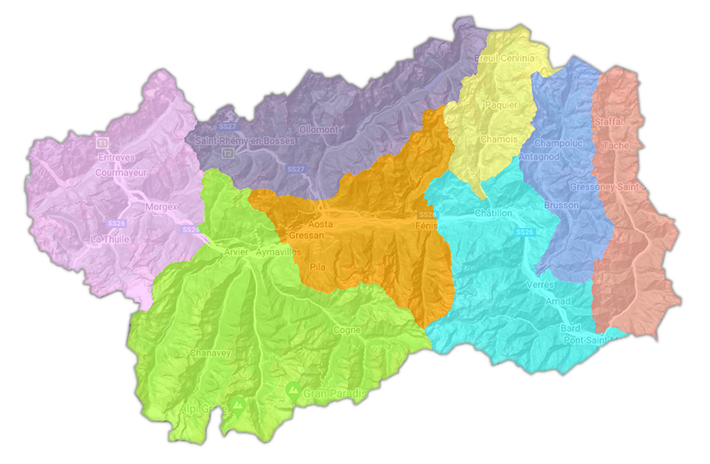Browse
Guides and instructors
Weather forecast
Meteo
Tuesday 6 January
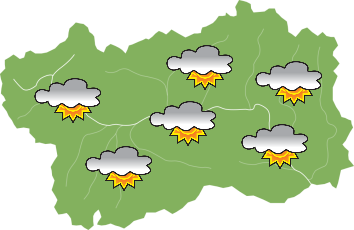

Wednesday 7 January


Thursday 8 January
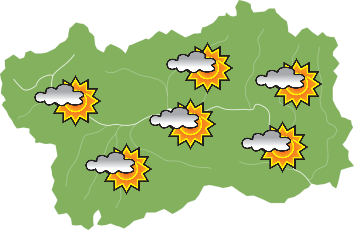
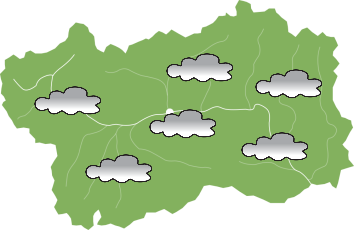
Book your Holiday
Tour des Combins
To make the most of your trekking experience, read the hiker’s tips: useful advice to enjoy the mountains safely.
-2R0A3237.jpg?v=638545376071875181)
-2R0A2930.jpg?v=638545376077186646)
An Italian-Swiss trek around the Grand Combin massif
This trail is open from July to September, it is a difficult trek, accessible to well-trained excursionists; it offers an unforgettable experience, from Italy to Switzerland from retreat to retreat, through alpine valleys with fantastic views over the high surrounding summits. The itinerary develops over 100 Km, at an altitude that varies between 1,300 and 2,800 m, and can be completed in approximately 7-9 days walking.
The trail enters Aosta Valley from the Great St. Bernard pass (2,450 m), a welcoming stop-off point built in 1050 and managed by the canons of St. Bernard, a site famous for its dogs and for the Hospice. It then descends as far as the suburb of Saint-Rhêmy-en-Bosses, taking the well known Via Francigena, before proceeding towards the territories of Saint-Oyen and Etroubles and then into the gorge of Menouve as far as the Pointier alp. From here commences the steep ascent towards the Champillon pass, the watershed between the territories of Etroubles and Ollomont. From the pass, the trail then rapidly looses altitude, offering splendid views over the Grand Combin, and it reaches the Létey mountain hut, before then branching out towards the Fenêtre Durand pass, where it once again enters Swiss territory. In Switzerland, the route unwinds near the lake of Mauvoisin and climbs upwards as far as the Otanes pass. After lots of uphill and downhill sections, it goes uphill again towards the Mille pass,finally reaching Bourg-Saint-Pierre;from there it moves towards the artificial lake of Toules, where the ascent begins for the Great St. Bernard Pass.
Find points of interest on the map:
At the top left, you can choose the wallpaper you prefer:
- "map" showing toponyms and roads
- “satellite” which presents the satellite image of the territory.
At the top right the funnel-shaped symbol allows you to choose points of interest along the route (only for the Aosta Valley region) to be displayed on the map.
Click on the funnel again to close the legend.
If you wish to find out more, by clicking on the identified point you can access the corresponding descriptive page.
The numbers in the table below link to the detail page of each stage from which to download the respective GPX and KML tracks.
: Restaurant
: Ski lift
: Post and telegraph services
: Camping
: Bank
: Information point
: Pharmacy
: Doctor
: Food
: Telephone or emergency call
: Bus
: Bed
: Church
Click on the stage number to go to the relevant info file
| Stage | Resort | Altitude | Dir. And. | Time A-B | Dir. Rit. | Time B-A | |||||||||||||
|---|---|---|---|---|---|---|---|---|---|---|---|---|---|---|---|---|---|---|---|
| Colle G.S.Bernardo servizi | 2449 | 00:45 | |||||||||||||||||
|
|
|||||||||||||||||||
| La Cantine d'Aoste servizi | 2213 | 00:30 | 01:55 | ||||||||||||||||
|
|
|||||||||||||||||||
| St.Rhémy-en-Bosses servizi | 1615 | 01:15 | |||||||||||||||||
|
|
|||||||||||||||||||
| 01:45 | 02:40 | ||||||||||||||||||
| Saint-Rhémy-en-Bosses servizi | 1600 | 01:05 | |||||||||||||||||
|
|
|||||||||||||||||||
| Alpe Barasson servizi | 1865 | 01:20 | 03:10 | ||||||||||||||||
|
|
|||||||||||||||||||
| Colle Champillon servizi | 2709 | 04:10 | 00:50 | ||||||||||||||||
|
|
|||||||||||||||||||
| Letey Refuge servizi | 2470 | 00:30 | |||||||||||||||||
|
|
|||||||||||||||||||
| 06:00 | 05:05 | ||||||||||||||||||
| Letey Refuge servizi | 2470 | 03:10 | |||||||||||||||||
|
|
|||||||||||||||||||
| Alpe By servizi | 2049 | 02:50 | 01:55 | ||||||||||||||||
|
|
|||||||||||||||||||
| Colle Fenetre Durand servizi | 2802 | 02:40 | 02:35 | ||||||||||||||||
|
|
|||||||||||||||||||
| Chanrion servizi | 2462 | 02:15 | |||||||||||||||||
|
|
|||||||||||||||||||
| 07:45 | 07:40 | ||||||||||||||||||
| Chanrion servizi | 2462 | 06:40 | |||||||||||||||||
|
|
|||||||||||||||||||
| Col des Otanes servizi | 2846 | 06:55 | 00:40 | ||||||||||||||||
|
|
|||||||||||||||||||
| Panossière servizi | 2645 | 00:30 | |||||||||||||||||
|
|
|||||||||||||||||||
| 07:25 | 07:20 | ||||||||||||||||||
| Panossière servizi | 2645 | 00:00 | |||||||||||||||||
|
|
|||||||||||||||||||
| Col de Mille servizi | 2473 | 00:00 | |||||||||||||||||
|
|
|||||||||||||||||||
| 00:00 | 00:00 | ||||||||||||||||||
| Col de Mille servizi | 2473 | 04:20 | |||||||||||||||||
|
|
|||||||||||||||||||
| Bourg Saint Pierre servizi | 1632 | 03:35 | |||||||||||||||||
|
|
|||||||||||||||||||
| 03:35 | 04:20 | ||||||||||||||||||
| Bourg Saint Pierre servizi | 1632 | 03:10 | |||||||||||||||||
|
|
|||||||||||||||||||
| Colle G.S.Bernardo servizi | 2450 | 04:00 | |||||||||||||||||
|
|
|||||||||||||||||||
| 04:00 | 03:10 | ||||||||||||||||||



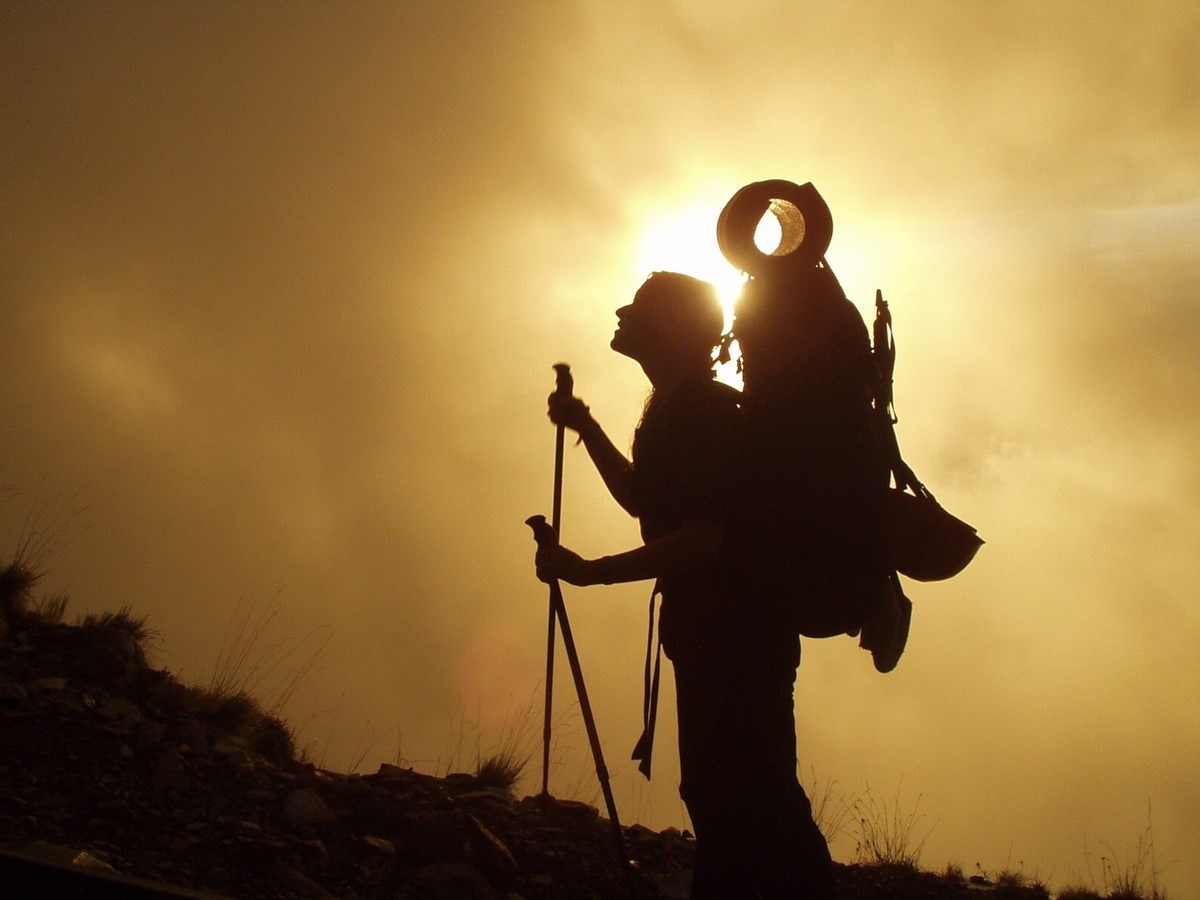
DSC_5352_Enzo_Massa_Micon.jpg?v=638290817060000000)
